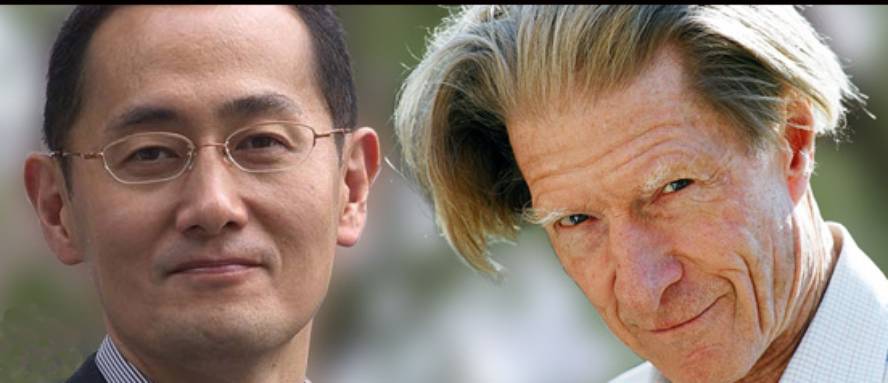Nobel Prize in Medicine for proving that adult cells are capable of becoming pluripotent
Two researchers who have proven to be able to convert adult cells into pluripotent will receive this year the Nobel Prize in Physiology or Medicine: John B. Gurdon and Shinya Yamanaka. In communicating the names of the winners, the Karolinska Institute has stated that its discoveries “have revolutionized the way of understanding the development of cells and organisms”. In fact, Gurdon demonstrated in 1962 that cellular specialization is reversible. During his research, he removed the core of an egg from a frog and replaced it with the core of an intestinal cell of an adult frog. From this oculus a common frog developed that showed that the DNA of the adult intestinal cell kept the ability to become all types of cells.
Yamanaka, for his part, conducted the award-winning research in 2006. It showed that the adult cell of the mice could become immature, for which it was enough to introduce four genes into the DNA. He invented, so to speak, the formula of “rejuvenating” the cells.
The research had a great impact and, a year later, they did the same with human cells. This allowed us to overcome the ethical problem caused by stem cells extracted from embryos. Thus, according to the Karolinska Institute, these investigations changed the focus of cell development and specialization. Until then, cell development was thought to occur in one direction: from the fertilized egg to the specialized adult cells (neurons, muscle cells, liver, blood...).
From changing dogma to creating new opportunities
However, they demonstrated the possibility of going back on that road. It should be noted, at first, that most scientists took Gurdon's research with suspicion, which opposed the dogma of that time by saying that at the core of an adult cell there was all the information necessary to transform all types of cells. However, the findings of the investigation were indisputable. Many years have passed since then, but today many laboratories around the world are working on the road opened by Yamanaka. In fact, according to the journal Nature in August, Yamanaka himself proposes to create a stem cell bank to overcome the ethical and legal limits that exist in stem cell research and, above all, to move the work done in laboratories to the clinics and make them reach patients. This is what he said in his brief interview that he has just met his prize to the Nobel Foundation, the hope of transferring stem cell technology from the laboratory to the clinical field.






